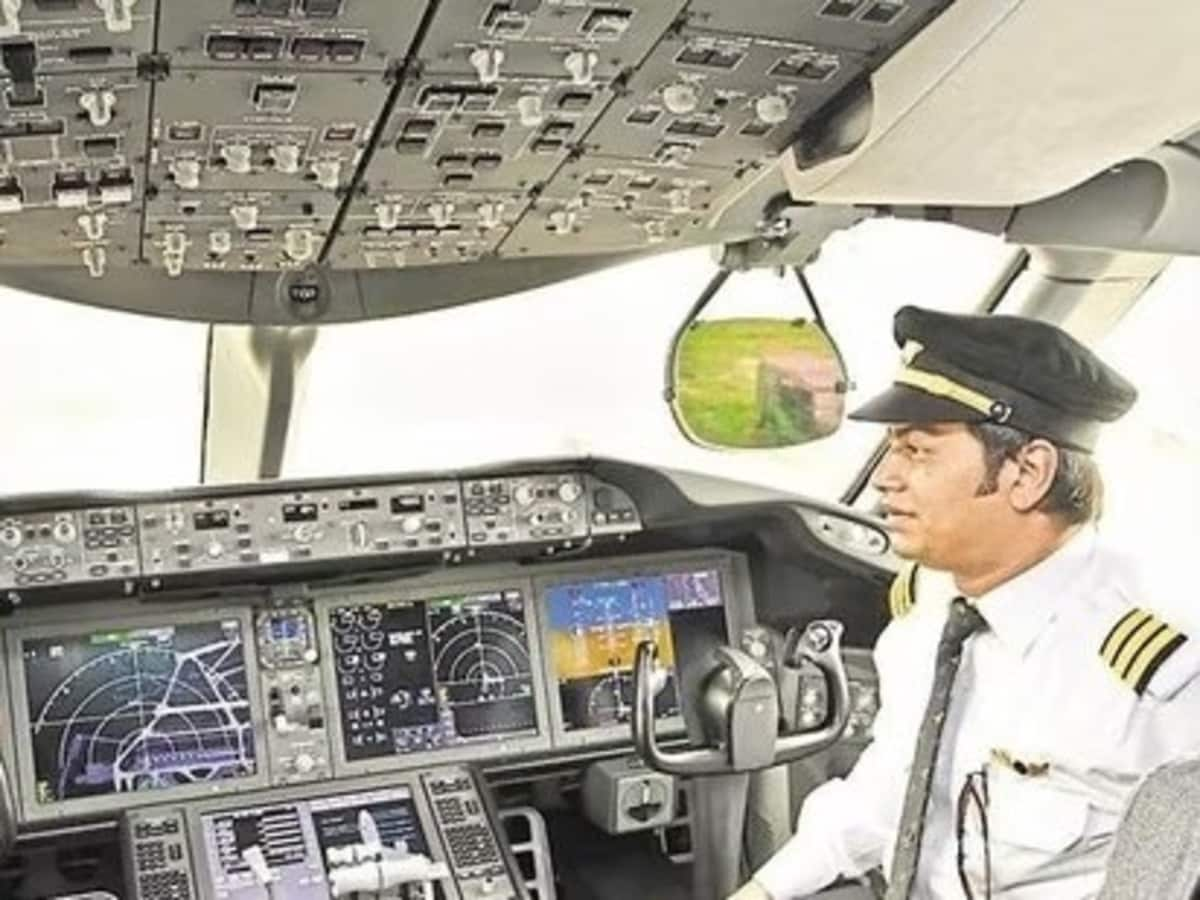In a significant shift, the Directorate General of Civil Aviation (DGCA) is contemplating the removal of the mandatory requirement for subjects like Physics and Mathematics in the 12th grade for obtaining a Commercial Pilot License (CPL). This change can potentially reshape the landscape of pilot training in India, opening doors to a more diverse range of candidates and addressing the ongoing pilot shortage.
The Current Scenario of CPL Training in India
Currently, aspiring pilots in India must complete their 12th-grade education with Physics and Mathematics as core subjects to be eligible for CPL training. This criterion has often been a barrier for many candidates who possess the necessary skills and passion for flying but lack a background in these subjects.
The Rationale Behind the Change
The DGCA’s consideration to amend these eligibility criteria is rooted in several factors:
- Expanding Opportunities: By removing the Physics and Mathematics requirement, the DGCA aims to widen the pool of potential candidates, allowing individuals from diverse educational backgrounds to pursue a career as pilots.
- Tackling Pilot Shortage: The aviation industry is currently facing a shortage of trained pilots. This change could encourage more people to enter the profession, helping to bridge the gap.
- Focus on Skills: The emphasis may shift towards evaluating candidates based on their aptitude and skills rather than their academic background in specific subjects.
Industry Reaction and Implications
The proposed change has garnered mixed reactions from various stakeholders in the aviation sector, including flight training academies, airlines, and educational institutions. Below is a summary of the perspectives:
| Stakeholder | Perspective |
|---|---|
| Flight Training Academies | Many academies welcome the change, believing it could increase enrollment and allow them to train more pilots. |
| Airlines | Airlines are optimistic about the initiative, as more candidates could mean a quicker resolution to the pilot shortage crisis. |
| Educational Institutions | Some argue that a foundational knowledge in Physics and Mathematics is crucial for understanding aviation concepts. |
Future Prospects and Recommendations
If implemented, this reform could lead to a transformation in the CPL training landscape. However, it is crucial for the DGCA to ensure that adequate training and support are provided to candidates who may not have a strong background in Physics and Mathematics. Recommendations include:
- Enhanced Training Programs: Development of supplemental courses focusing on essential physics and mathematics concepts relevant to aviation.
- Aptitude Tests: Introducing standardized tests to assess the aptitude of candidates in key areas necessary for pilot training.
- Mentorship Programs: Establishing mentorship systems to guide new entrants in their journey through pilot training.
Conclusion
The consideration of removing the 12th-grade Physics and Mathematics requirement for CPL training signifies an important evolution in the Indian aviation sector. By opening the doors to a wider array of candidates, the DGCA can potentially alleviate the pilot shortage and create a more inclusive environment for aspiring pilots. As this proposal moves forward, it will be essential to strike a balance between broadening access and maintaining the necessary standards for aviation safety and proficiency.

